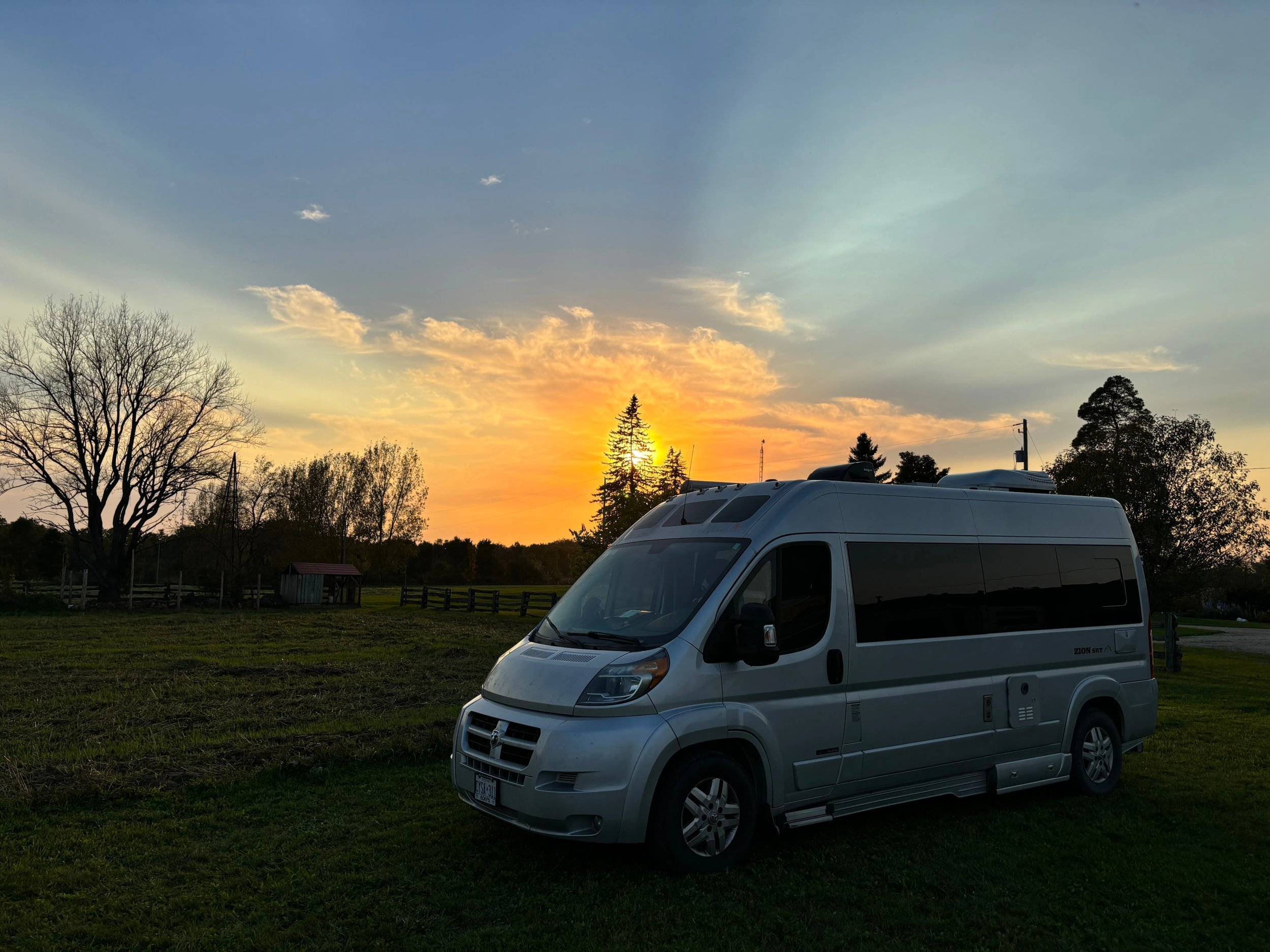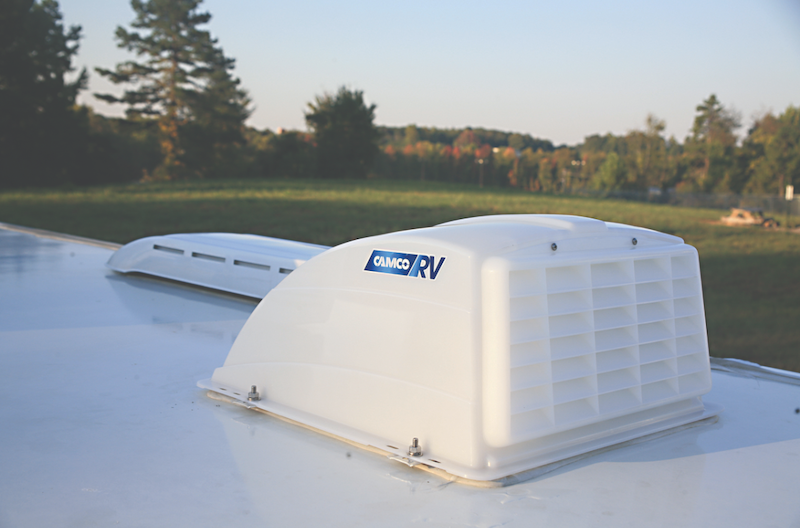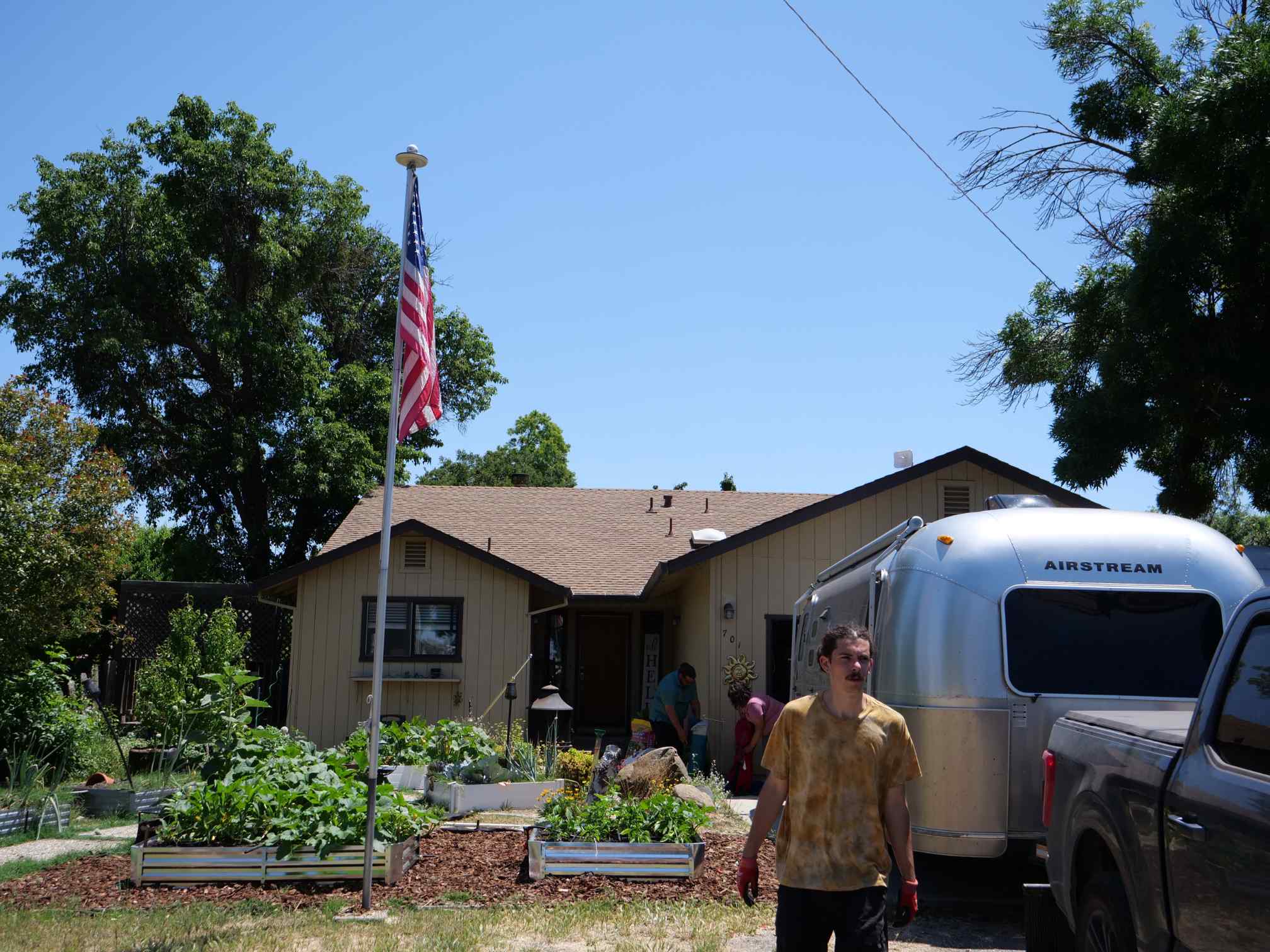Free RV Camping on Texas Beaches
Padre Island National Seashore
Of all the free beach camping, Padre Island National Seashore provides the best opportunity to get away from it all – tune out the world and tune in to nature. At 60 miles long, this beach is the longest, remaining, undeveloped barrier island in the world. The beaches are beautiful and the surroundings all natural. Entry is $10.00 for a one-day pass or $20.00 for seven days.
Once in the park, follow the road past the visitor center to the beach camping area where you can camp for free. You may stay for 14 consecutive days and then leave for 48 hours before returning for a maximum of 56 days per calendar year. Just fill out a registration form for your vehicle at the entry kiosk when you arrive.
The farther down the beach you drive (usually conditions allow about 5 miles by regular two-wheel drive vehicles), the farther you’ll be away from any other people if that’s what you’re after. You’ll need to check beach driving conditions and be aware of the tides. This is true whenever you drive on a beach. We’ve camped here several times alongside RVers in large fifth-wheels and even a few motorhomes. Another year the beach was flooded after a storm and closed to traffic altogether.
Port Aransas
A $12.00 annual beach pass is required to park anywhere on the beach except within the I.B. Magee County Park boundary. The pass is sold at the county park visitor centers, the local grocery store, and local convenience stores. It’s a shame to have to pay to park on the beach, but it’s not so bad when you realize the pass also covers you for three nights of free camping anywhere on Port Aransas beaches with the exception of I.B. Magee County Park.
You can expect a lot more traffic than at Padre Island National Seashore but the beach road is extra-wide, hard-packed, and maintained. On the main beach, the parking area is far enough back that we’ve never feared soft sand or the possibility of waves licking at our tires at high tide. Any size of RV should be fine here. If you prefer to drive and camp closer to the ocean’s edge, you can do so south of Beach Access Rd 1. Small campfires are permitted on the beach between beach markers 0 and 62.
Magnolia Beach
Magnolia Beach is approximately 12 miles southeast of Port Lavaca. Located on an oyster-fishing bay, the beach is covered in broken shells – not the fine sand of the beaches of Port Aransas and the National Seashore. No matter what size of RV you’re in, you should feel comfortable parking on this firm surface rather than the softness of a sand beach.
Facilities include covered picnic tables, garbage cans, and public restrooms. The beach is clean and, although the restrooms are generally not very well maintained, they do have running water.
You can only walk the shoreline for about a mile before private property signs get in your way but this shoreline is still relatively untouched by developers and tourism. It’s a bit of a hidden gem and, so far, there’s no fee or permit required to camp here. Although there’s not a posted stay limit, we’ve been told that if you appear to be settling in for the long haul, you will be asked to move on.
We found the residents of this small community to be friendly and welcoming. In fact, we have great memories of making friends with some of the locals on our first visit.
Free Camping Near Houston
Speaking of meeting locals, continuing north along the coast soon brings us to the greater Houston area. Here, lining up a Boondockers Welcome host to stay with is probably one of your only free options (outside of a Walmart or other retail parking lot). Scroll down to see the list of hosts we currently have within 50 miles of downtown Houston. They invite you to stop in for a night or two when you’re ready to leave the beaches behind.
Note: the above suggestions for beach camping are a sample of the information you’ll find in my Frugal Shunpiker’s Guide, RV Boondocking in Southern Texas.
Learn More About Boondockers Welcome
We promise not to spam you!








Is there room to camp on Texas beaches year round?
The beach width changes with a big storm and, of course, a bit less but daily with the tides. Otherwise, it should be pretty consistent. You may wish to avoid hurricane season although there’s always ample warning.
great article
hello, we are here to provide real game play, with a variety of other exciting games.
if you are interested please visit our website at klikslot88
hi, here we want to provide real game play, with a variety of other interesting games.
if you are interested, please visit our website at klikslot
I’m from Indonesia, I like this website
PUTRILIGA
AGENCANTIK
AGENCANTIK says We will stay connected with your blogs for the future posts.
AGENCANTIK
AGENCANTIK says I’m waiting for the future update about this article soon
AGENCANTIK
AGENCANTIK says you are just too fantastic
AGENCANTIK
AGENCANTIK says wow amazing, fantastic cool
Wow, the atmosphere is really nice, enjoying the sunset while listening to the sound of the sea waves.
bisajitu bandar togel hongkong
istanaliga
satrialiga is the online gaming site that has received the most awards
and praise from gamers throughout asia
,satrialiga A very promising game for new and old players
AGENCANTIK
AGENCANTIK says AGENCANTIK is a very famous website. Let’s join with us
AGENCANTIK
AGENCANTIK says the final part i like to read
Nice post, please visit us too at MAINLIGA : is the online gaming site that has received the most rewards.
Nice, very amazed with your page, please come to visit my site MAINLIGA
,kaisarliga the most complete game in Asia
Liked most this post. And please visit back my site at MAINLIGA for more information and rewards.
Thank You for sharing, is was amazing. Please visit back MAINLIGA for more rewards.
MAINLIGA Game online is a most rewards by winning. Btw, nice post.
Cahaya138
rekomandasi game online masa kini.
Thank you for sharing such valuable insights. Your perspective has shed new light on the topic and has given me much to ponder.
kissbet casino
This article was incredibly informative! I learned so much and appreciate the depth of research that went into it.
rs7 sports casino
satrialiga is the online gaming site that is most popular with gamers
around the world
satrialiga
Cahaya4d
tentang permainan digital 2025.yang sangat tren masa kini.
Cahaya4d
tentang permainan digital 2025.yang sangat tren masa kini.
AGENCANTIK
AGENCANTIK says This content is great very helpful
Professional LED TV repairing service by Aman. Get your TV fixed with expert care. Quick, reliable repairs for all LED TV models. Contact me now for TV repairing service.
kaisarliga
kaisarliga is the most incredibly exiciting online gaming site and has the most
players,both adults and children
Your article structure is very good, visit my website here
Jawaraliga
all the games are very good on this blog, really inspiring everyone to be successful Sagatoto“
When you experience problems, visit our website for solutions
Sagatoto
Nice, very amazed with your page, please come to visit my site BELALANG4D
mainliga MAINLIGA : Mainliga | Situs Layanan Penyedia Game Online Terlengkap.
satrialiga Come join us on the best site in the 2024 season
Game Online Terlengkap Serta Banyak Bonus GARANSI 100% Menarik. BELALANG4D
Thank You for sharing, is was amazing.Nice Game online is “>MAINLIGAa most rewards